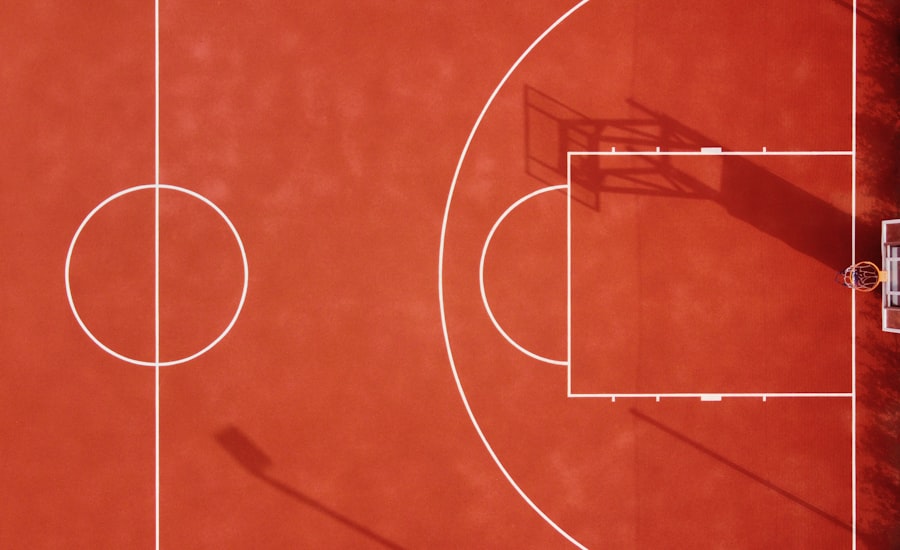Download links
How to install The Science of Bouncing Ball APK?
1. Tap the downloaded The Science of Bouncing Ball APK file.
2. Touch install.
3. Follow the steps on the screen.
Description
Bouncing is a fascinating phenomenon that can be understood through the principles of physics, particularly mechanics. When an object, such as a ball, strikes a surface, it undergoes a series of interactions that determine how high it will bounce. The initial impact compresses the ball, storing potential energy in the form of elastic deformation.
This energy is then converted back into kinetic energy as the ball rebounds off the surface. The efficiency of this energy conversion is crucial; a perfectly elastic collision would result in the ball returning to its original height, while real-world conditions often lead to energy loss due to various factors. The laws of motion, particularly Newton’s laws, play a significant role in understanding bouncing.
According to Newton’s second law, the force exerted by the ground on the ball during impact is equal to the mass of the ball multiplied by its acceleration. This force is what propels the ball back into the air after it has compressed. The angle at which the ball strikes the surface also influences its trajectory; a perpendicular impact will generally result in a higher bounce compared to an oblique angle, where some energy is dissipated laterally rather than being directed upward.
Key Takeaways
- The physics of bouncing involves the conversion of kinetic energy to potential energy and back to kinetic energy.
- Materials with high elasticity, such as rubber, are ideal for bouncing due to their ability to store and release energy.
- Impact and energy transfer play a crucial role in determining the height and efficiency of a bounce.
- Air resistance can significantly affect the trajectory and height of a bouncing ball, especially at higher speeds.
- Factors such as surface material, temperature, and initial force can all impact the height of a bounce.
Materials and elasticity
The materials from which a ball is made significantly influence its bouncing characteristics. Elasticity, defined as the ability of a material to return to its original shape after deformation, is a key property that determines how well a ball will bounce. For instance, rubber balls exhibit high elasticity, allowing them to compress and then expand rapidly upon impact, resulting in a significant bounce.
In contrast, balls made from less elastic materials, such as certain plastics or metals, may not return to their original shape as effectively, leading to lower bounce heights. Different types of balls are designed for specific sports and activities, each utilizing materials that optimize performance. For example, a basketball is typically made from rubber or synthetic composites that provide both grip and elasticity.
The outer surface is designed to enhance traction while allowing for maximum energy return during bounces. In contrast, a tennis ball has a felt covering that affects its aerodynamics and interaction with the racket and court surface. The choice of materials not only impacts bounce height but also influences factors such as durability and playability.
Impact and energy transfer

When a ball strikes a surface, the interaction can be analyzed through the lens of energy transfer. The kinetic energy of the ball just before impact is transformed into potential energy as it compresses upon hitting the ground. This transformation is governed by the principles of conservation of energy; ideally, all kinetic energy would convert back into kinetic energy during the rebound.
However, in reality, some energy is lost due to heat generation and sound during impact, which reduces the height of the bounce. The efficiency of this energy transfer can be quantified using the coefficient of restitution (COR), a measure that describes how much kinetic energy remains after a collision compared to before. A COR value of 1 indicates a perfectly elastic collision with no energy loss, while values less than 1 indicate varying degrees of inelasticity.
For example, a basketball typically has a COR around 0.75 to 0.85, meaning it retains 75% to 85% of its kinetic energy after bouncing. Understanding these dynamics is crucial for athletes and engineers alike, as they seek to optimize performance through material selection and design.
The role of air resistance
| Experiment | Air Resistance | Result |
|---|---|---|
| Ball Drop | High | Slower descent |
| Parachute Drop | Low | Slower descent with larger surface area |
| Car Speed | High | Decreased speed with increased air resistance |
Air resistance plays a significant role in the behavior of bouncing balls, particularly at higher velocities or when they are in free fall. As a ball descends towards the ground, it encounters air molecules that create drag force opposing its motion. This drag force increases with speed and affects how quickly the ball reaches the ground and how high it bounces back up after impact.
The shape and surface texture of the ball can influence how much air resistance it experiences; for instance, a smooth ball will generally experience less drag than one with a rough surface.
The trajectory of a bouncing ball can be altered by wind conditions or even indoor air currents in gymnasiums.
Engineers designing sports equipment often conduct wind tunnel tests to understand how different designs perform under various conditions. By optimizing the shape and surface characteristics of balls, manufacturers can enhance performance by minimizing air resistance and maximizing bounce efficiency.
Factors affecting bounce height
Several factors influence how high a ball will bounce after impact, including material properties, surface characteristics, and environmental conditions. The type of surface on which the ball bounces plays a critical role; for example, a basketball court made from polished wood provides a different level of energy return compared to grass or dirt. Hard surfaces tend to yield higher bounce heights due to their rigidity and ability to transfer energy efficiently back into the ball.
Temperature also affects bounce height; warmer temperatures can increase the internal pressure of air-filled balls like basketballs or soccer balls, enhancing their elasticity and resulting in higher bounces. Conversely, colder temperatures can cause materials to become stiffer and less elastic, leading to reduced bounce heights. Additionally, factors such as altitude can influence air density and pressure, further affecting how high a ball bounces in different environments.
The mathematics of ball trajectory

Vertical Motion
The initial velocity at which the ball is thrown or dropped, combined with gravitational acceleration, determines its vertical motion. The equations governing projectile motion allow for predictions about maximum height reached after each bounce and time spent in the air.
Calculating Initial Velocity
For instance, if a ball is dropped from a height h, its initial velocity v0 just before impact can be calculated using v0 = √(2gh), where g is the acceleration due to gravity (approximately 9.81 m/s²).
Modeling Multiple Bounces
After each bounce, one can apply the coefficient of restitution to determine the new height reached by multiplying the previous height by COR². This iterative process allows for precise modeling of multiple bounces.
Applications in sports and engineering
The principles governing bouncing have numerous applications across various fields, particularly in sports and engineering. In sports like basketball and volleyball, understanding how different balls interact with surfaces can inform training techniques and equipment design. Coaches often analyze bounce characteristics to develop strategies that maximize player performance during games.
For instance, players may practice shooting techniques that account for how different surfaces affect ball behavior. In engineering, these principles are applied in designing products ranging from playground equipment to automotive safety features. Engineers utilize knowledge about material elasticity and impact dynamics when creating safety barriers or cushioning systems that absorb shock during collisions.
Innovations in materials science have led to advancements in sports equipment that enhance performance while ensuring safety for athletes. For example, modern helmets are designed with materials that effectively dissipate energy during impacts, reducing the risk of concussions.
Future developments in bouncing ball technology
As technology continues to advance, future developments in bouncing ball technology are likely to focus on enhancing performance through innovative materials and design techniques. Researchers are exploring smart materials that can adapt their properties based on environmental conditions or user input. For instance, balls that can change their internal pressure dynamically could optimize bounce height based on temperature or altitude changes.
Additionally, advancements in data analytics and sensor technology may lead to smart balls equipped with sensors that track performance metrics such as speed, spin rate, and bounce height in real-time. This data could provide athletes with valuable insights into their performance and help coaches tailor training regimens more effectively. As we continue to explore the intersection of physics and technology in sports equipment design, we may witness significant improvements that enhance both player experience and safety on the field or court.
FAQs
What is a bouncing ball?
A bouncing ball is a small, round object that is designed to rebound off of surfaces when dropped or thrown.
What are bouncing balls made of?
Bouncing balls are typically made of rubber or a similar elastic material that allows them to compress and then quickly regain their original shape when they come into contact with a surface.
How does a bouncing ball work?
When a bouncing ball is dropped or thrown, it compresses upon impact with a surface, storing potential energy. This potential energy is then converted into kinetic energy as the ball rebounds off the surface, causing it to bounce back up.
What are some common uses of bouncing balls?
Bouncing balls are commonly used as toys, in sports such as basketball and tennis, and in various physics experiments to demonstrate concepts such as energy transfer and elasticity.
Are there different types of bouncing balls?
Yes, there are different types of bouncing balls, including super bouncy balls, rubber balls, and foam balls, each with varying levels of elasticity and bounce height.





